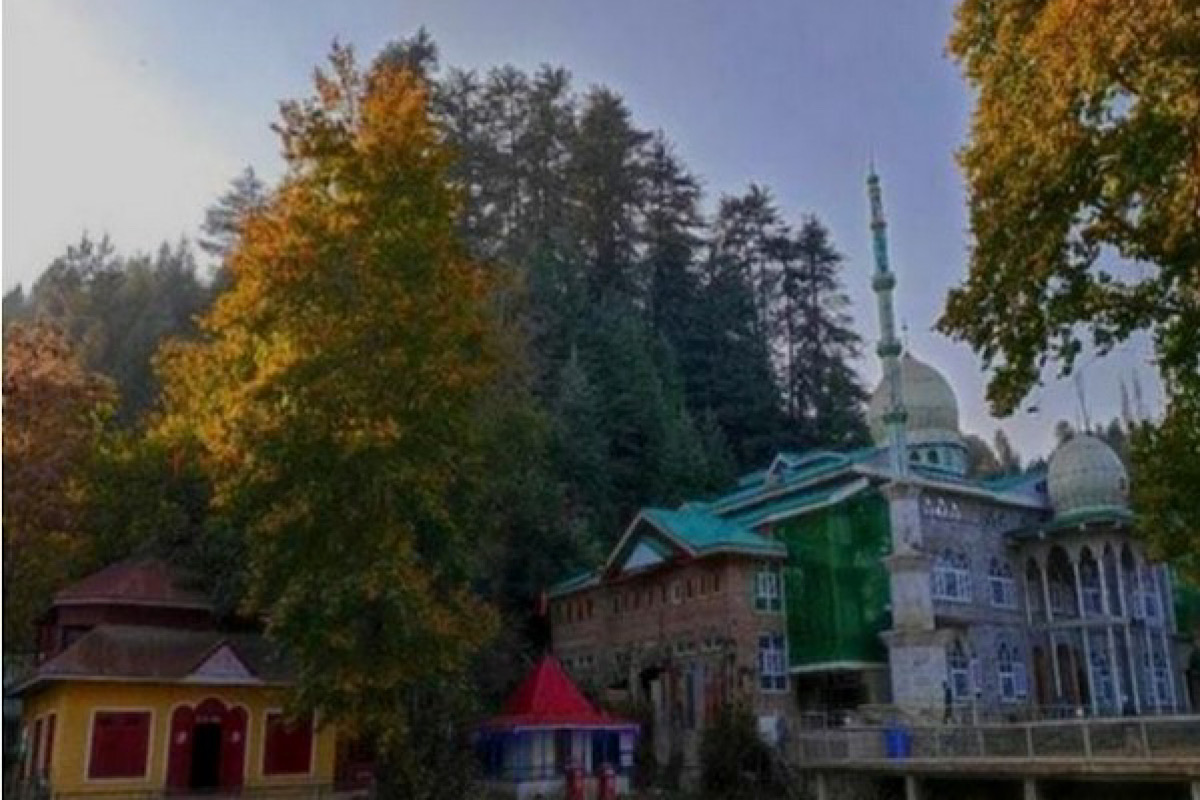J-K: Unidentified gunmen open fire at sweet shop in Miran Sahib area
Unidentified gunmen opened fire at a sweet shop in the Miran Sahib area of Jammu and Kashmir.
Although sacrificial animal markets and bakery outlets were thronged by buyers on Wednesday, Eid eve shopping remained a low key affair in Kashmir this year.

Representation image (Photo:ANI)
Although sacrificial animal markets and bakery outlets were thronged by buyers on Wednesday, Eid eve shopping remained a low key affair in Kashmir this year.
Eid-ul-Azha or the Bakr Eid as the festival is called is celebrated by Muslims World over to commemorate the son’s sacrifice, Prophet Ibrahim decided to offer on the dictates of Allah.
Pleased with his ultimate obedience and submission, Allah ordered a lamb from Heaven to replace the son, Ismail under the father’s knife.
Advertisement
Ibrahim had blindfolded himself while trying to slaughter his son, when he found a lamb under the blade and the son smiling some distance away, the celebrations that followed are commemorated by Muslims in Eid-ul-Azha.
Sacrificial animals from different parts of the country, including Rajasthan have been brought here for sale, but the buyers are few and far between as locals allege that the rates the sellers ask are totally unreasonable.
“There is no uniformity in the rates. From 350 per kg of live animal to 650 per kg are asked by sellers,” said a buyer who went to five animal markets to buy sheep.
Local mutton dealers are saying that the rates of sacrificial animals are an agreement between the seller and the buyer.
The government has already stopped regulating the rates of mutton and poultry in the UT. This has created a market that must find its own stability.
Bakery shops are also thronged, but the buying capacity of the people seems to have adversely affected the prospects of a windfall for the sellers.
What is the reason for the low key shopping seen in Kashmir this Eid?
“Online shopping, recession, setback to handicrafts and horticulture during the recent years are the main reasons for the subdued Eid shopping this year,” said a local economist.
Asked why the booming tourism Kashmir has seen for the last two years does not result in more money in circulation, the economist said, “It is a common misconception that tourism is the number one economic activity in Kashmir.
“We have a Rs 10,000 crore horticulture industry, which is the biggest money earner, and horticulture has taken a serious blow during the last two years.
“Tourism earnings are made by hoteliers, tour and travel operators and houseboat and Shikara owners. These constitute a very small minority of the Kashmir society.
“Handicrafts used to be a major money circulator in our economy, but carpet, shawl, papier-mache and woodcarving items are not bought by the tourists in such quantities so that this could generate better circulation locally,” the economist said.
Children are the most carefree section of the local society for whom economy, market dynamics and statistics mean little as long as they get new clothes, toys and firecrackers for Eid celebrations.
Whatever the constraints of their purse, parents are buying these things on Eid eve so that they don’t unload their economic woes on their children.
There is no shortage of essential items in the Valley as sufficient quantities of eatables and other items are available in the markets.
One silver lining to the otherwise dark cloud of economic constraint is that the locals are donating generously for charity.
“The most important message of Eid is that one should not sleep in comfort if his neighbour is living in distress. Thank Allah, there is no hunger even among the poorest of our society,” said Ghulam Nabi, 76, a retired government employee.
Advertisement